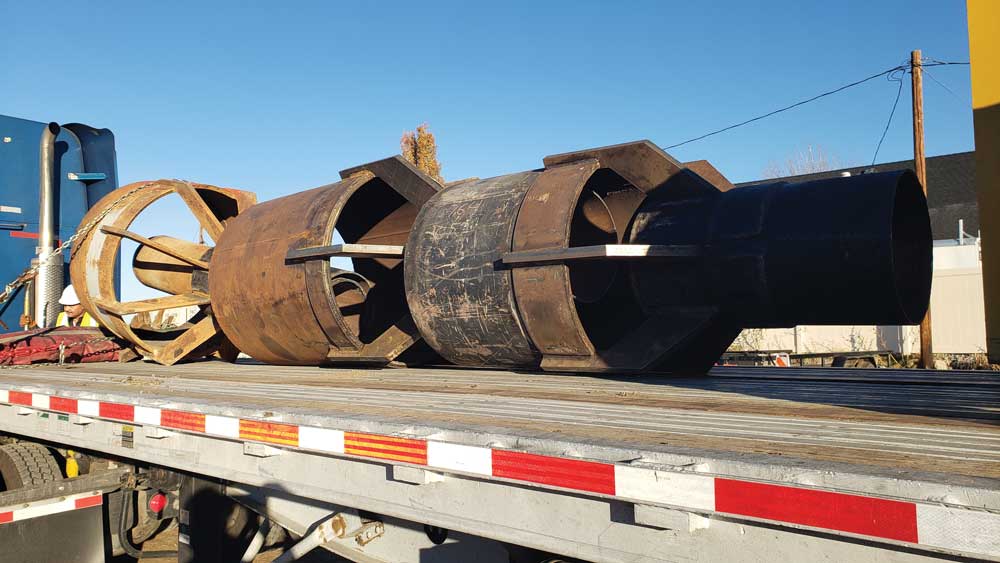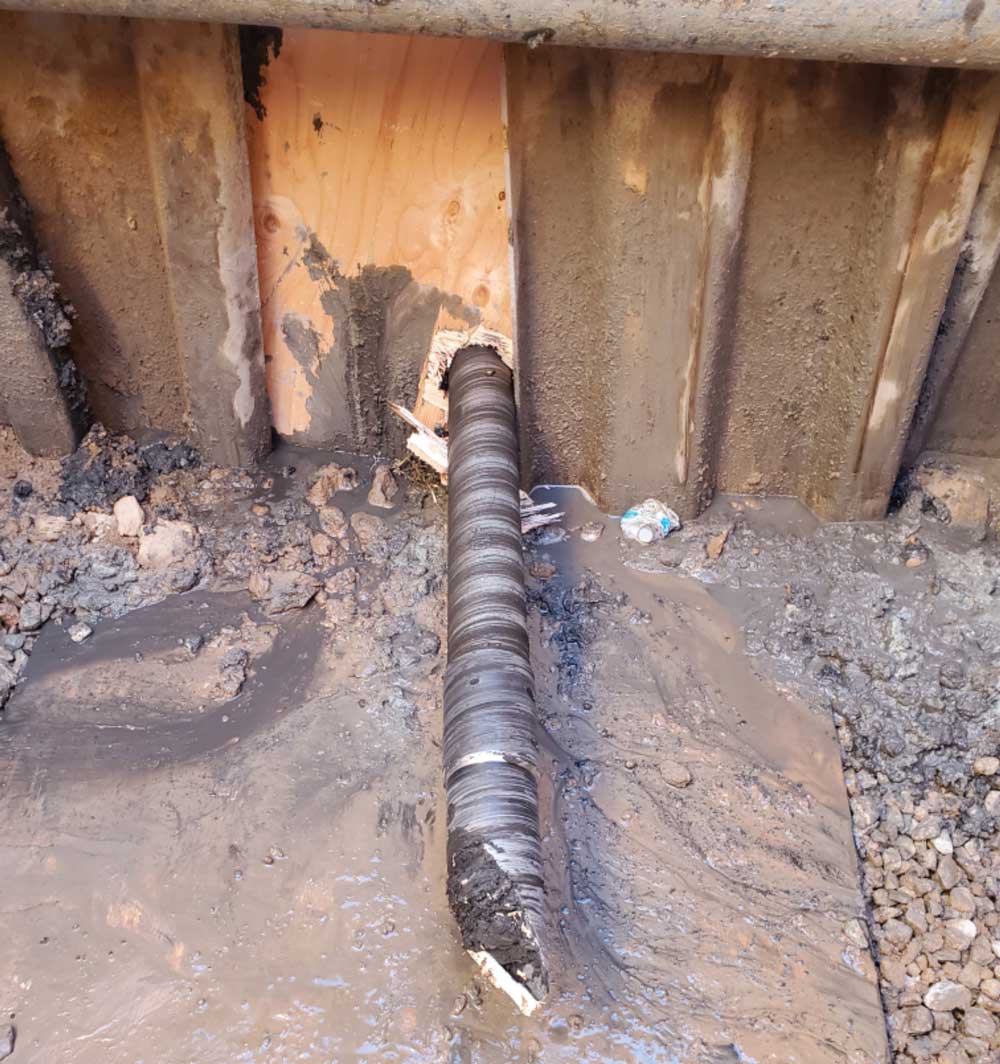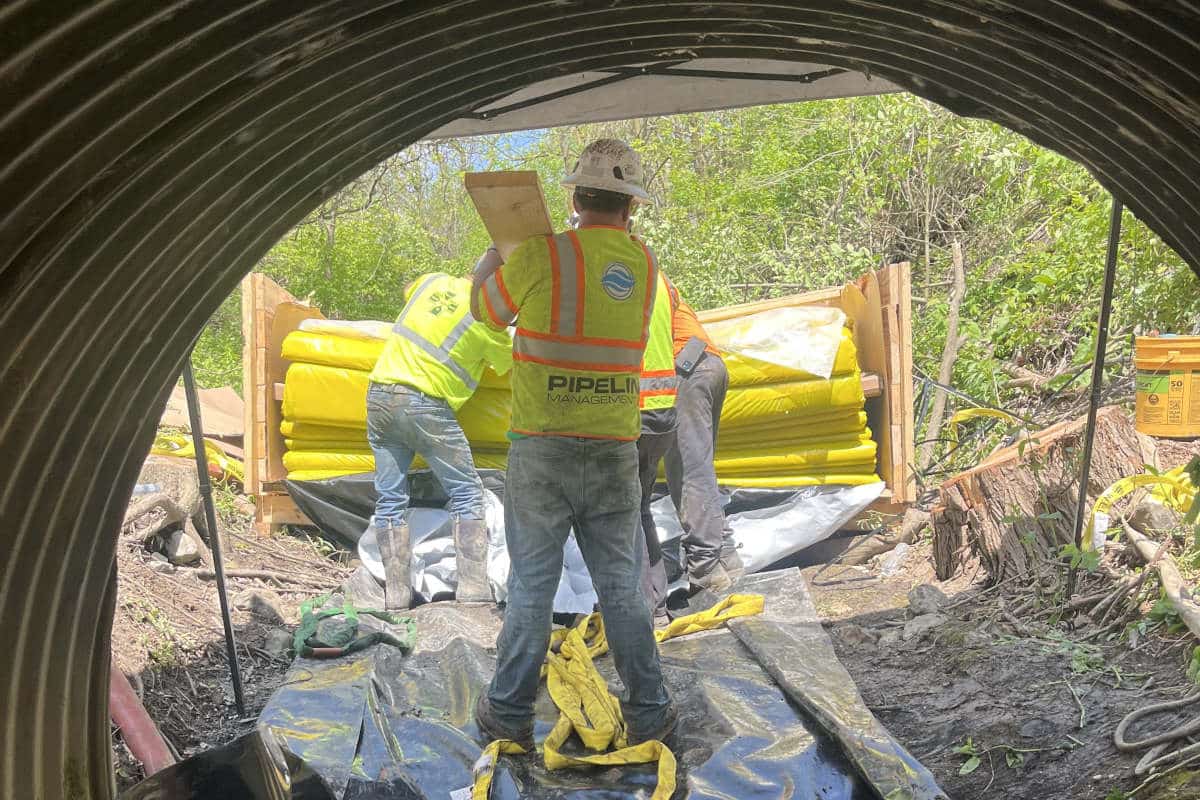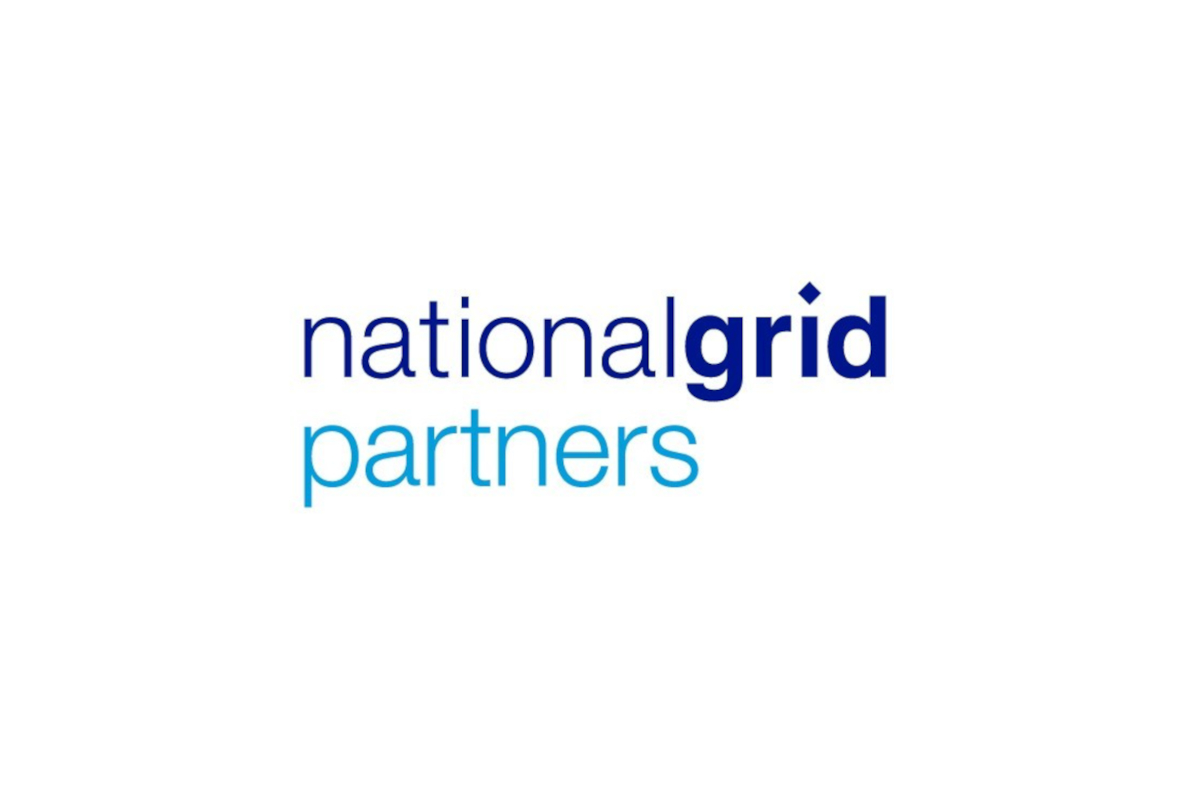
Auger Boring Project will Improve Stormwater Infrastructure Under I-15
BTrenchless was awarded a subcontract in the summer of 2020 to construct seven different trenchless installations underneath UDOT’s Interstate 15 (I-15) in Farmington, Utah.
The grade-critical installations will improve and replace undersized stormwater infrastructure in the area as part of the larger West Davis highway project located in Davis County.
The $750 million project spent over a decade in planning and will involve construction of a 16-mile stretch of new highway connecting the Legacy Parkway and I-15 at the south end in Farmington to 1800 North in West Point.
The construction firm Farmington Bay Constructors (FBC) was selected to design and build the new highway; a joint venture of Ames Construction, Wadsworth Brothers Construction, and Staker Parson Materials and Construction. The JV team was selected from a short list of three other firms, and construction is slated to be completed no later than fall 2024.
RELATED: BT Construction Acquires HDD/Willco

The seven stormwater crossings under I-15 were originally designed as RCP open-cut installations with pipe diameters ranging from 24-in. to 48-in.
The length of the crossings ranged from 180 ft to 257 ft. Depth to the top of the pipe ranges from 3 ft at the roadway shoulders to 5 ft in the middle of the highway. The soil borings taken along this stretch of I-15 indicated the water table at 5 ft to 8 ft below grade with a mix of lean clay to lean clay with sand in the bore profiles. Blow counts in this zone ranged from zero to 6 (i.e., extremely soft conditions).
There were concerns in the design process considering the shallow installation depth, the high ground water table, and very soft soil conditions. All risks that had to be managed while maintaining a grade-critical installation.
The work was initially planned to be done over 12 or more consecutive weekend highway shutdowns and would commit multiple pipeline crews to the effort.
The FBC team thought this represented a very risky, very resource-heavy option that would take away from the other 16 miles of the project. Since this was a design-build project, the FBC team decided to consider these crossings with trenchless methods and switched the final product pipe to steel. They reached out to a few qualified tunneling contractors to pursue these installations with a trenchless method in spring 2020.

BTrenchless had experience in dealing with these soil conditions underneath I-15 along with success using an auger boring method. Auger boring is simultaneous casing installation and spoil removal by means of a rotating auger. However, these soft soil conditions were going to require more than just auger boring alone to achieve the high level of accuracy needed.
RELATED: Auger Boring in Big Sur
The decision was made to add two additional steps to the installation.
The first step was to add a guided boring machine (GBM), which utilizes an optically guided 4.5-in. diameter pilot tube. The GBM system is capable of extremely accurate installations on distances as required by this project. This is achieved by viewing a target located at the back of the pilot tube head continuously until reaching the receiving pit on the opposite side of the highway. The crew can even get a feel for the ground conditions during installation and will know if there are any major obstructions along the way.
The next step was to use an intermediate step-up casing. The BTrenchless team had learned from experience that the sheer weight of the final product pipe could cause it to sink in this near-zero blow count soil.
They chose to utilize an intermediate-sized weld-on-reaming-head (WORH) to create a solid connection between the previously installed pilot tube and the intermediate casing. This intermediate casing would be considered sacrificial and would be cut-off at the receive pit as the final casing was installed. The final step would be to use a second WORH to go from the intermediate casing to the final 36-in., 42-in., or 48-in. product casing.

As of April 1, 2022, the first four bores have been completed on the project as the crew proceeds from north to south safely and accurately.
RELATED: Auger Boring for Utah DOT’s US-89 Expansion Project
The first two bores went according to plan utilizing the GBM pilot tube to intermediate casing to final casing (42-in. and 36-in.).
The third bore encountered a long stretch of buried cobbles, boulders, and concrete debris that caused some unanticipated reductions in the advancement of the casing at the intermediate to final WORH. To continue progress the team switched to a hand tunneling method through the debris field (about 30 ft of casing install). This differing site condition prompted lengthy discussions on the construction team’s approach to the remaining bores.
The fourth bore was installed with a different method utilizing a GBM pilot tube directly to the final casing product. This approach connects the pilot tube directly to the augers, as opposed to the casing, but it allows for a larger opening for debris to pass through and enables the use of wing cutters on the auger head. This approach will more than likely be deployed on the remaining bores for the project as soil conditions allow.
John Beckos, P.E. is senior project manager/estimator at BTrenchless, Inc.




